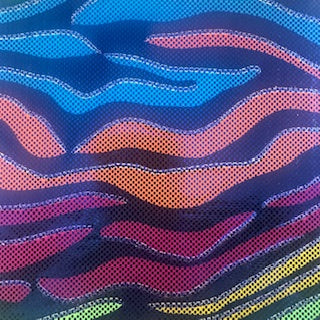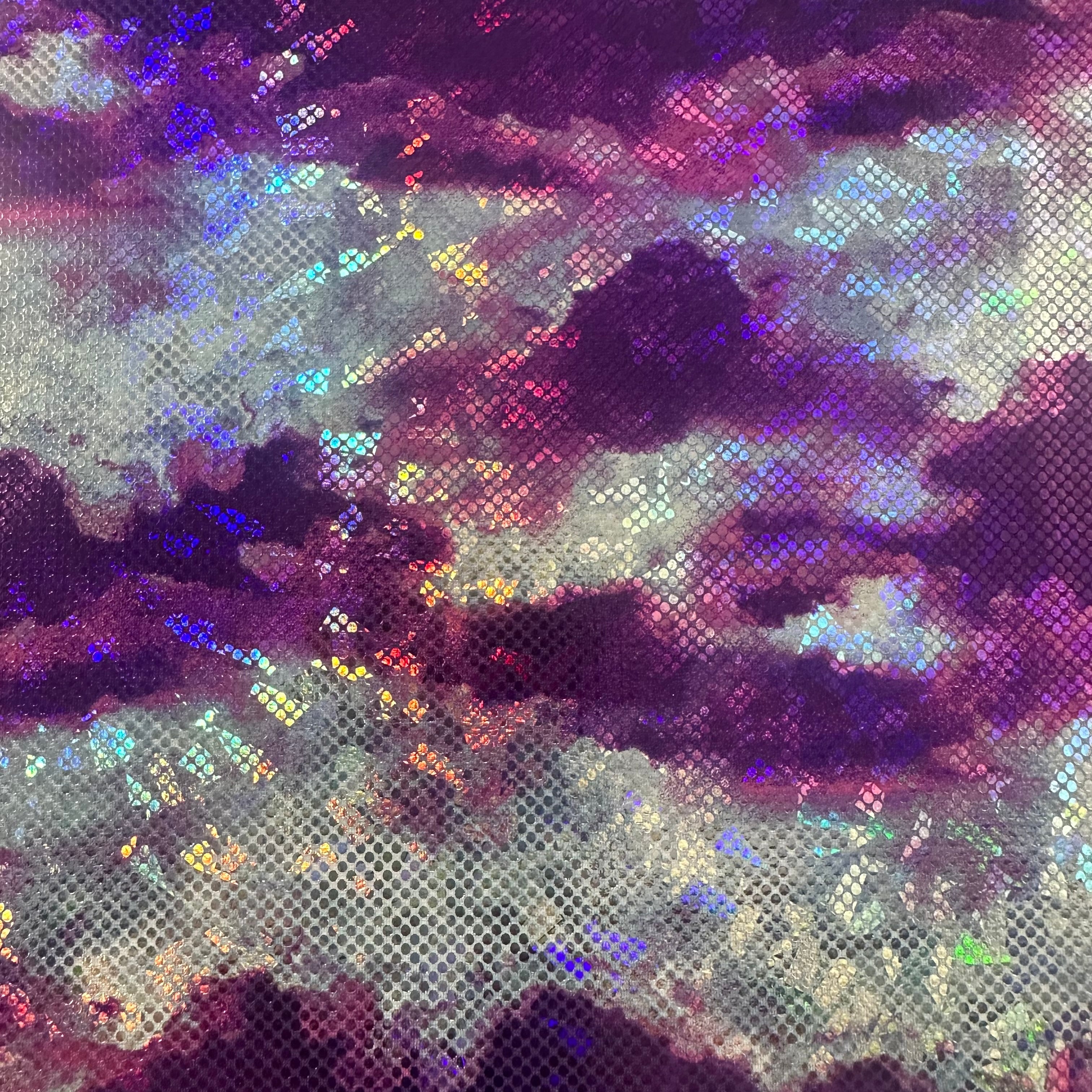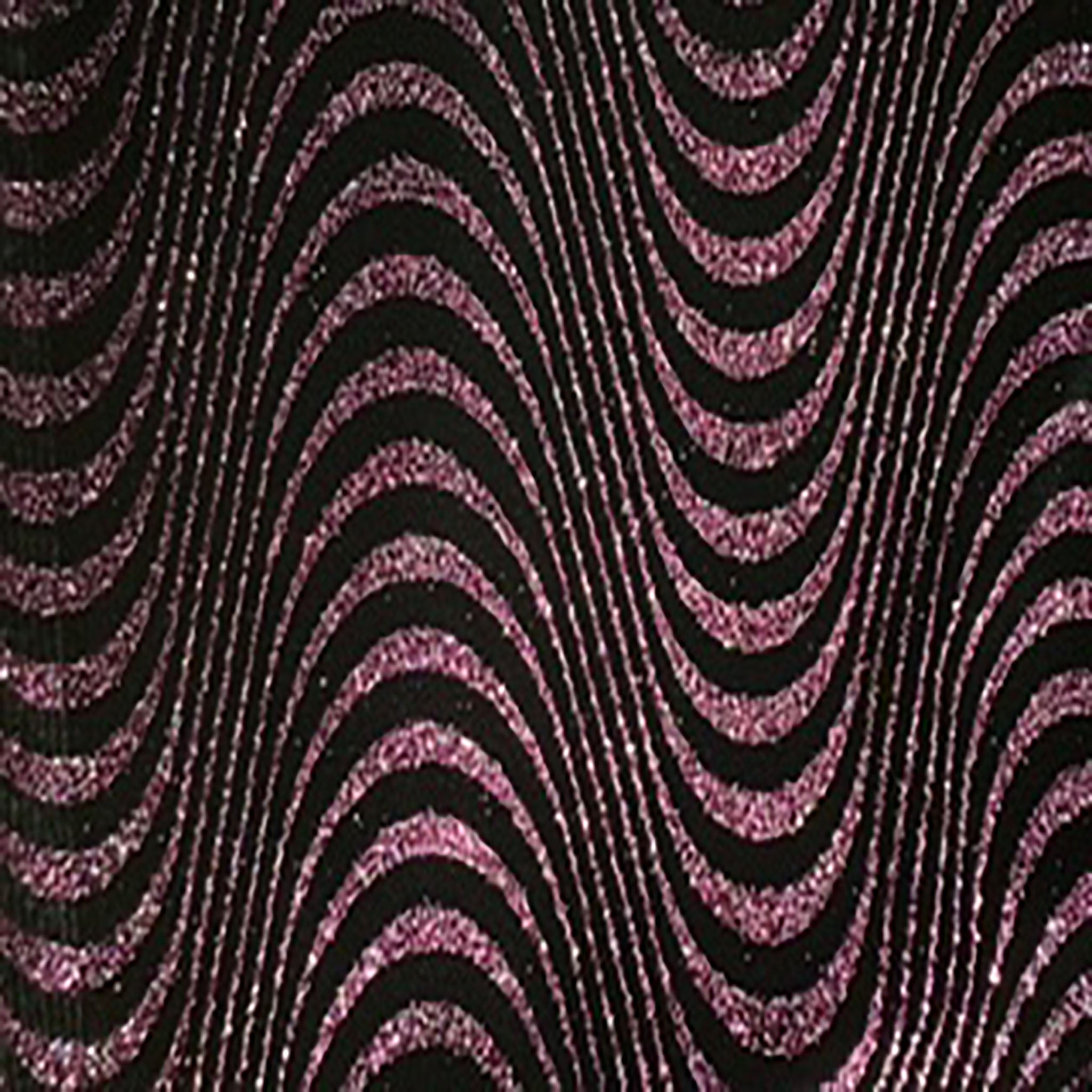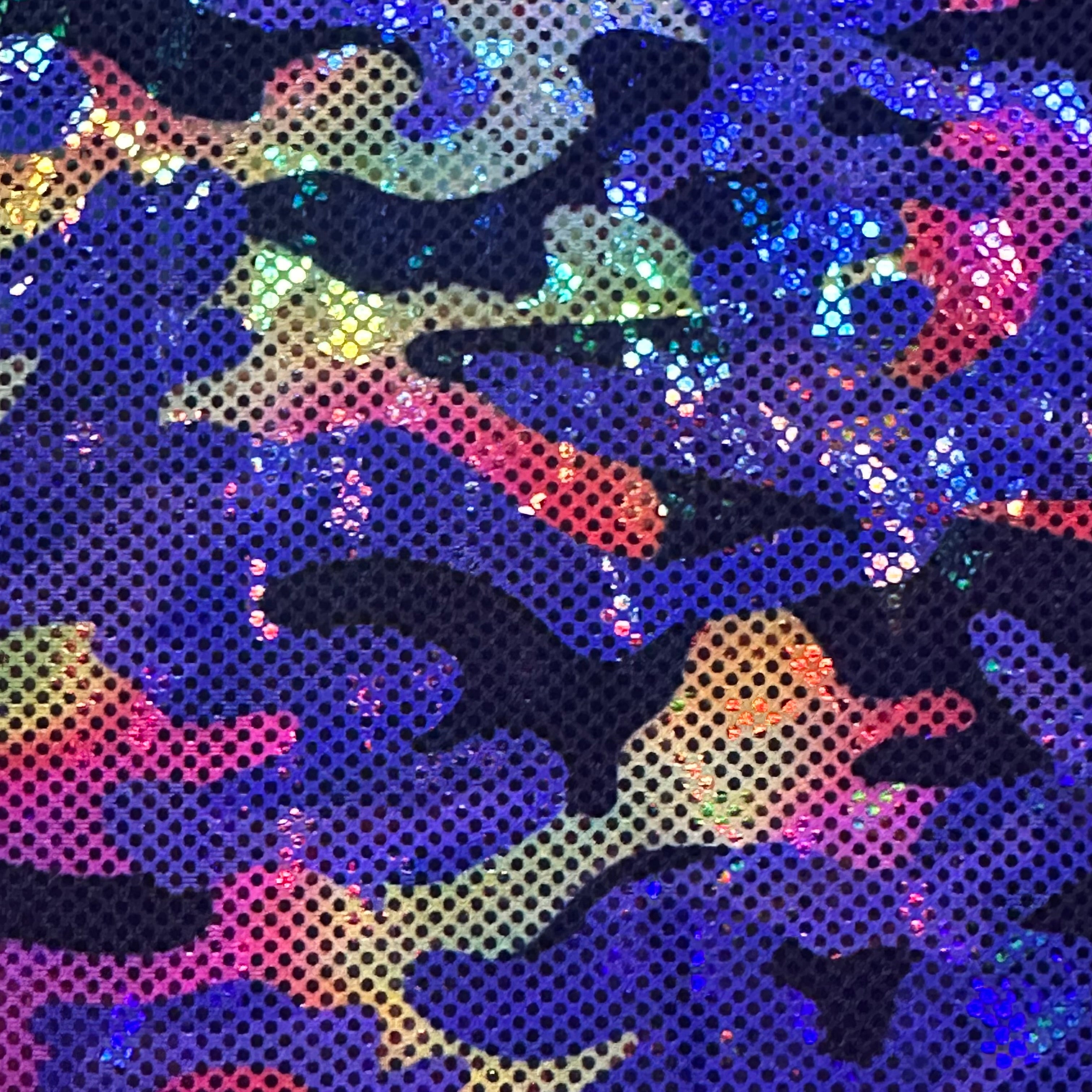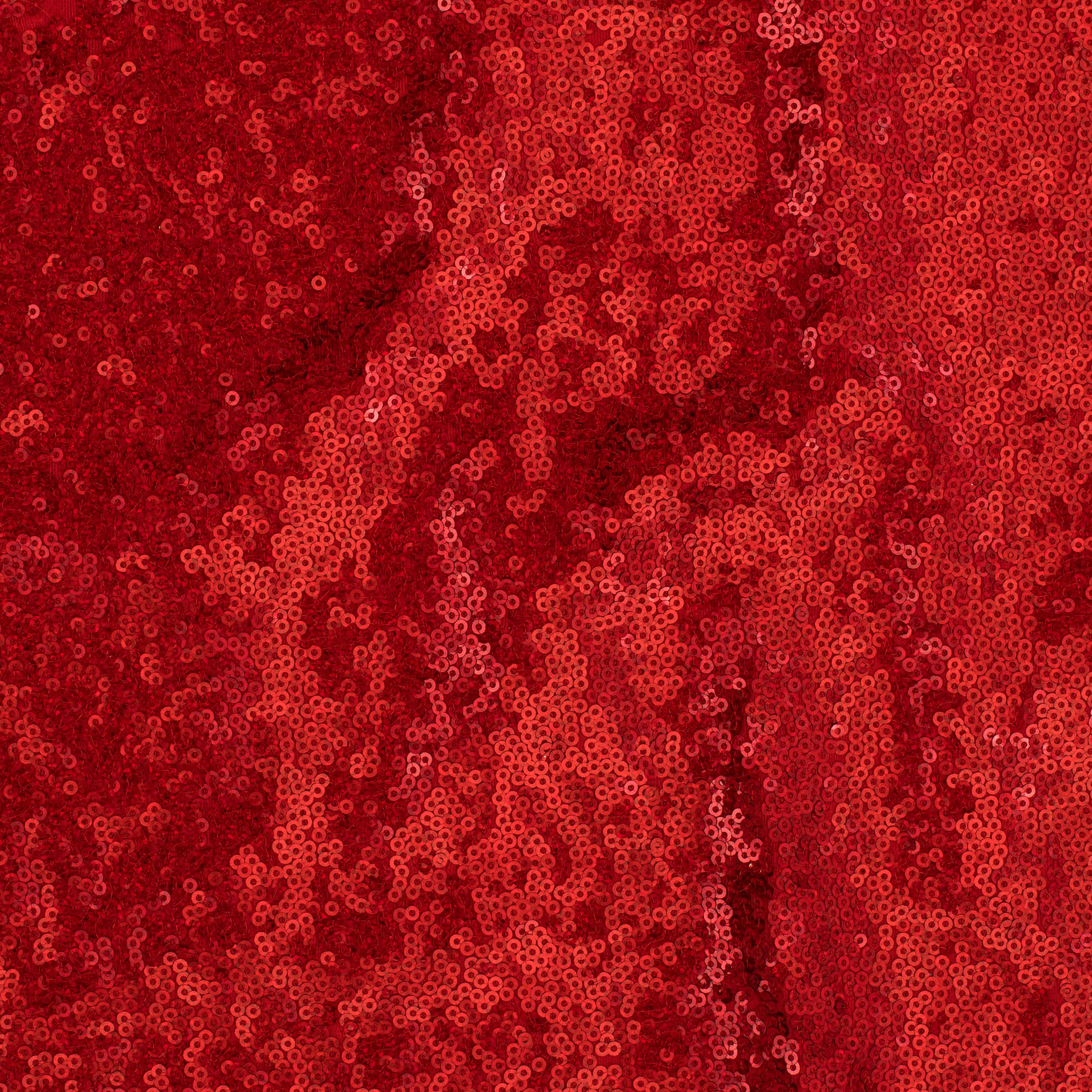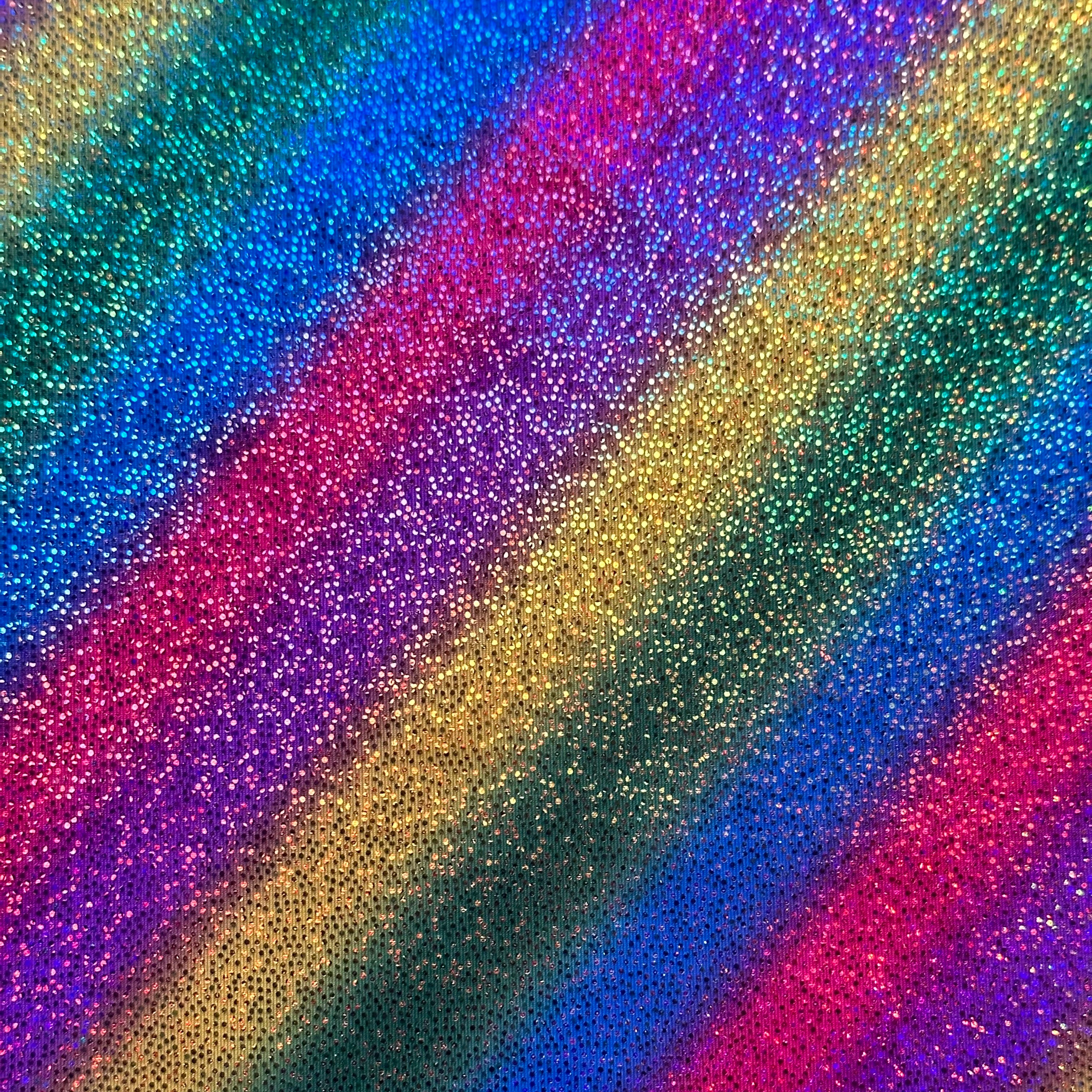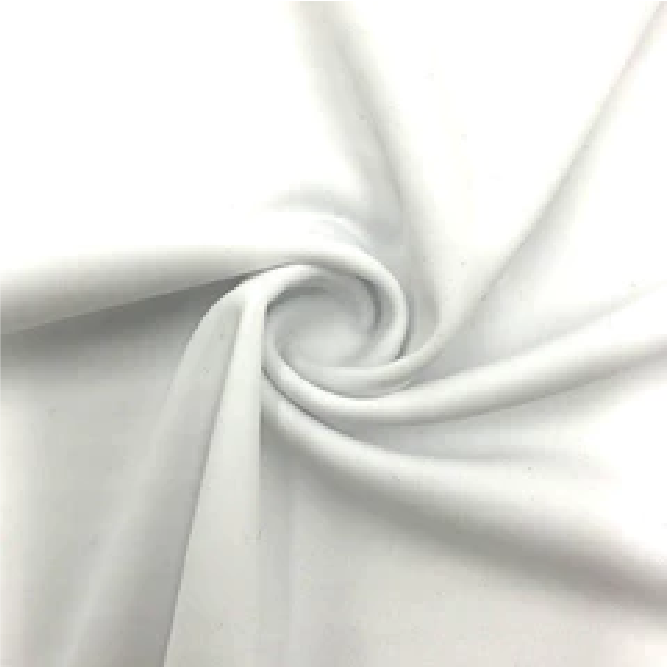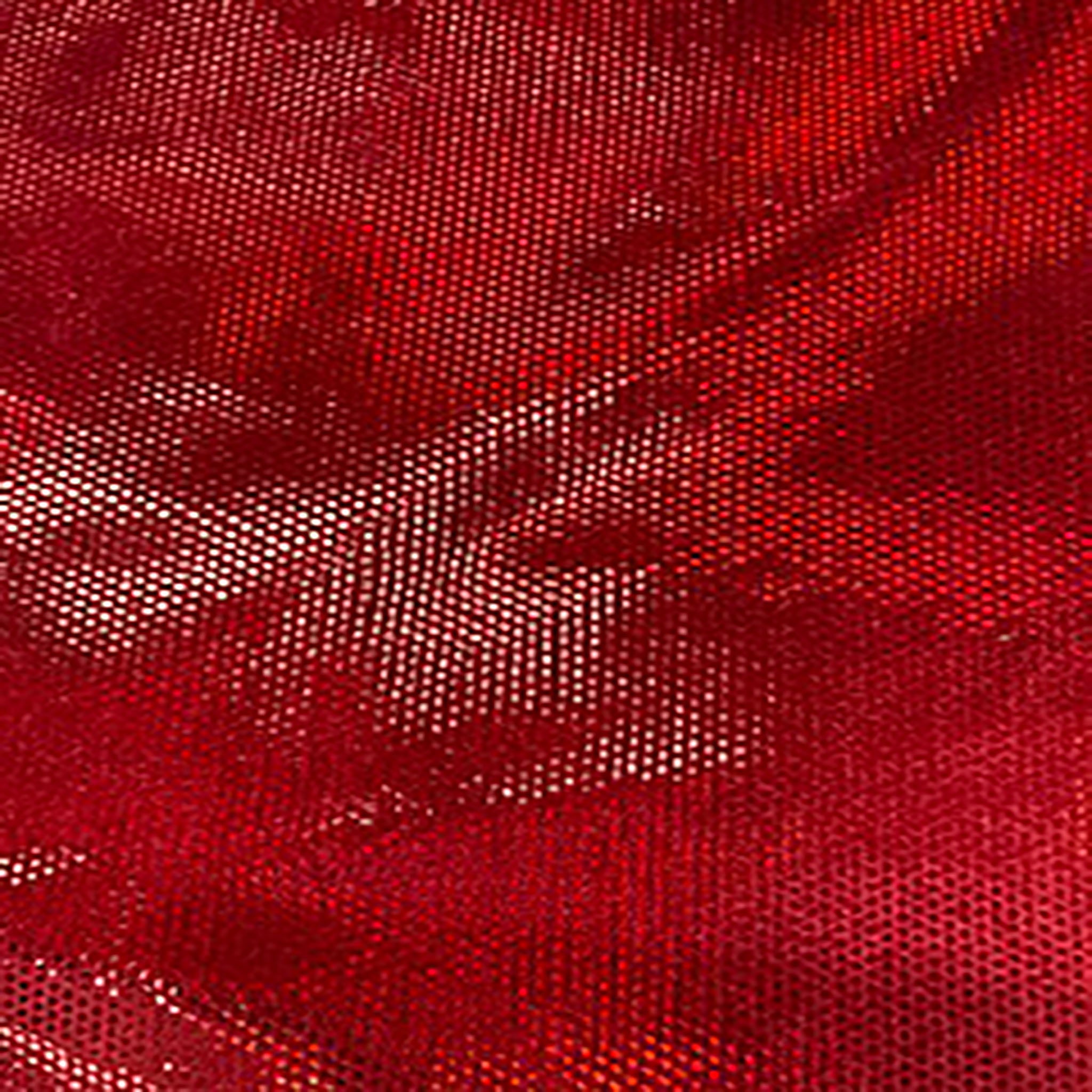In the world of fashion and performance wear, holographic fabrics have emerged as a captivating trend, mesmerizing audiences with their iridescent shimmer and futuristic allure. These fabrics, often adorned with holographic or metallic finishes, exude a sense of mystique and sophistication, making them a favorite among designers and enthusiasts alike. However, a pertinent question arises: does the stretchability of fabric affect the quality of holographic effects? Let's delve into this intriguing topic to uncover the secrets behind the shine.
Understanding Holographic Fabrics:
Before we delve into the relationship between stretch fabric and hologram quality, it's essential to grasp the essence of holographic fabrics. Holographic materials feature a unique surface treatment that diffracts light, creating a spectrum of colors and patterns that change depending on the viewing angle. This optical phenomenon lends holographic fabrics their signature shimmer and depth, captivating onlookers with their dynamic visual effects.
The allure of holographic fabrics lies not only in their mesmerizing appearance but also in their versatility and durability. From dazzling costumes and statement pieces to eye-catching activewear and accessories, these fabrics transcend traditional boundaries, infusing creativity and innovation into every design.
Impact of Stretch Fabric on Hologram Quality:
Now, let's address the million-dollar question: does the stretchability of fabric influence the quality of holographic effects? The answer lies in the interplay between fabric construction, surface treatment, and stretch properties.
Stretch fabric, characterized by its ability to expand and contract with movement, introduces an additional dimension to the holographic experience. When draped over the body or stretched during wear, stretch fabrics can subtly alter the appearance of holographic finishes, enhancing or diminishing their brilliance depending on various factors.
In garments made from stretch fabrics, the holographic effects may appear more dynamic and pronounced when the fabric stretches, as the movement amplifies the light-diffusing properties of the material. Conversely, excessive tension or stretching of the fabric may distort the holographic patterns or cause them to appear less defined, detracting from their overall impact.
Furthermore, the type and quality of the holographic treatment applied to the fabric can influence its resilience to stretching. High-quality holographic finishes engineered for stretch fabrics are designed to maintain their integrity and brilliance even when subjected to repeated stretching and movement.
When incorporating holographic fabrics into garment designs, designers and manufacturers should consider the intended use and level of stretch required. For form-fitting garments or activewear, choosing stretch fabrics with holographic finishes specifically designed for elasticity ensures optimal comfort and durability without compromising hologram quality.
Additionally, experimenting with different stretch percentages and fabric compositions can yield unique effects, allowing designers to tailor the holographic experience to suit their creative vision and performance requirements.

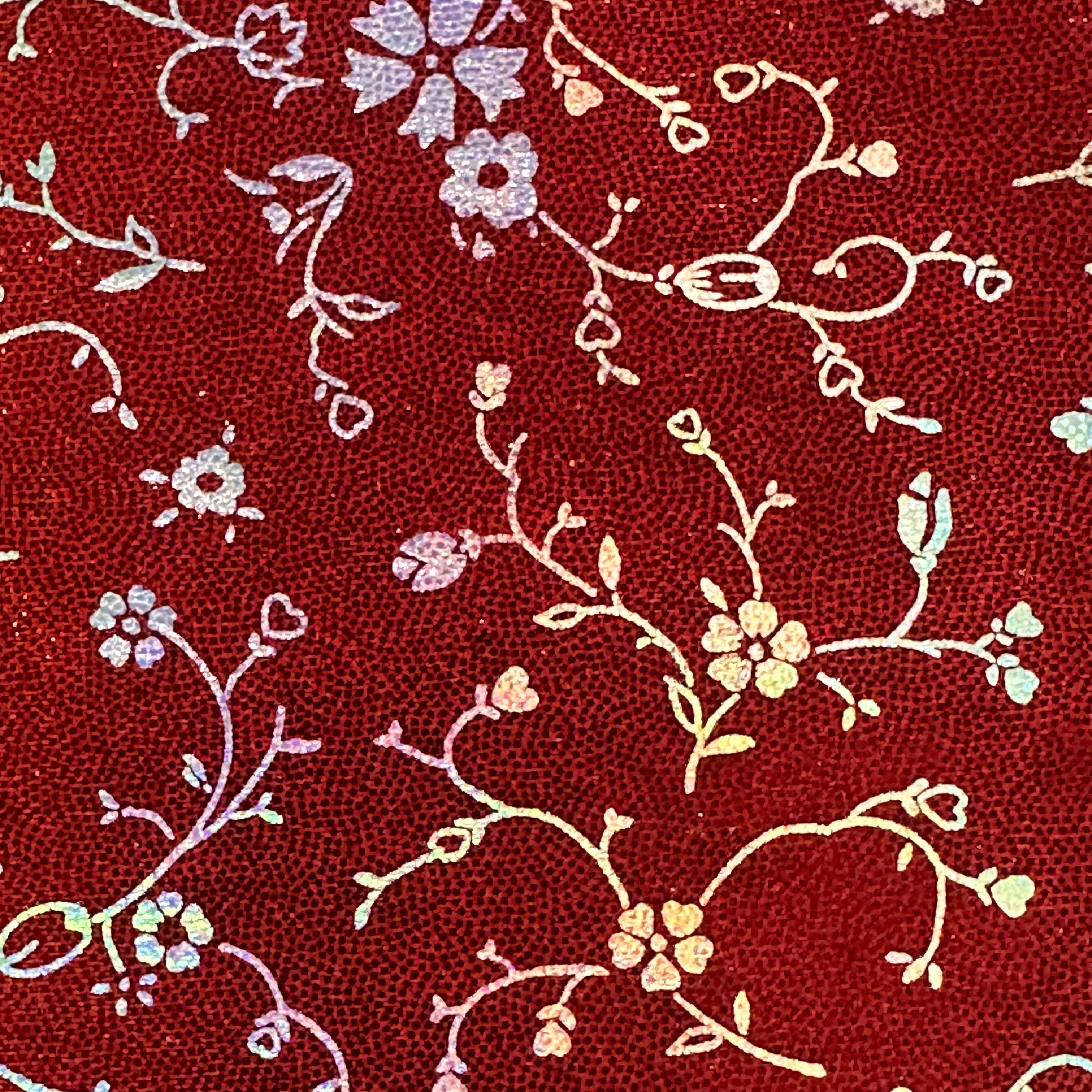
 Practical Considerations:
Practical Considerations: